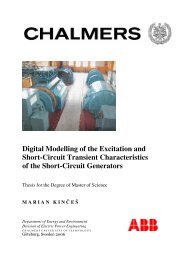Modeling and Simulation of Vehicular Power Systems - webfiles its ...
Modeling and Simulation of Vehicular Power Systems - webfiles its ...
Modeling and Simulation of Vehicular Power Systems - webfiles its ...
Create successful ePaper yourself
Turn your PDF publications into a flip-book with our unique Google optimized e-Paper software.
Peak generator torque1074 N.mPeak generator speed2500 rpmTotal gear ratio 16.1motor power140 kWmaximum motor torque440 N.mMaximum motor speed950 rpmGearbox efficiency1 s<strong>Power</strong> electronics efficiency 18000Generator-engine inertia 0.2Gear efficiency 0.9Battery typeLithium-ionWheel inertia 27Road typeDry Tarmac<strong>Power</strong> electronics efficiency 0.988.3 Acceleration performanceAcceleration performance <strong>of</strong> a vehicle such as a series hybrid bus studied in this thesis isnormally quoted as the time taken in seconds to reach 105 Km/h from st<strong>and</strong>still. Figure 8-3 shows the acceleration <strong>of</strong> the bus studied from the simulation. As the bus is a rearwheel drive so the speed <strong>of</strong> the rear wheels are higher than the front wheels because <strong>of</strong>slip but in the case <strong>of</strong> the bus the slip is controlled <strong>and</strong> the driving torque applied to thewheels does not exceed maximum value. It is seen in figure 8-4 that during accelerationaround the speed <strong>of</strong> 308 rad/sec. the traction motor gets to <strong>its</strong> maximum power <strong>and</strong> fromthat speed the out-put torque <strong>of</strong> the motor decreases inversely proportional to the speed.Figure 8-3 Acceleration test <strong>of</strong> bus51



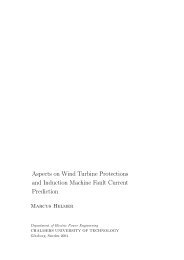
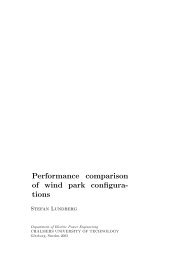
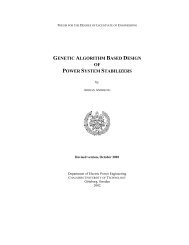
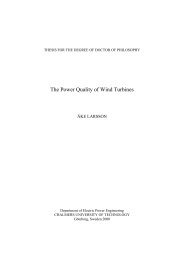
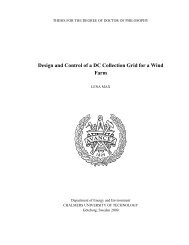

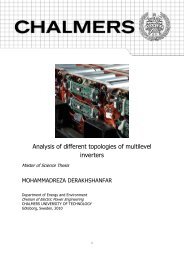

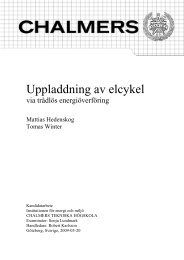
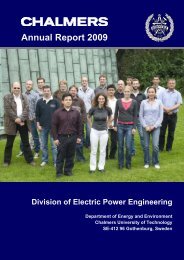
![LAPLACE OPERATOR.ppt [Lecture seule]](https://img.yumpu.com/42909900/1/190x135/laplace-operatorppt-lecture-seule.jpg?quality=85)

